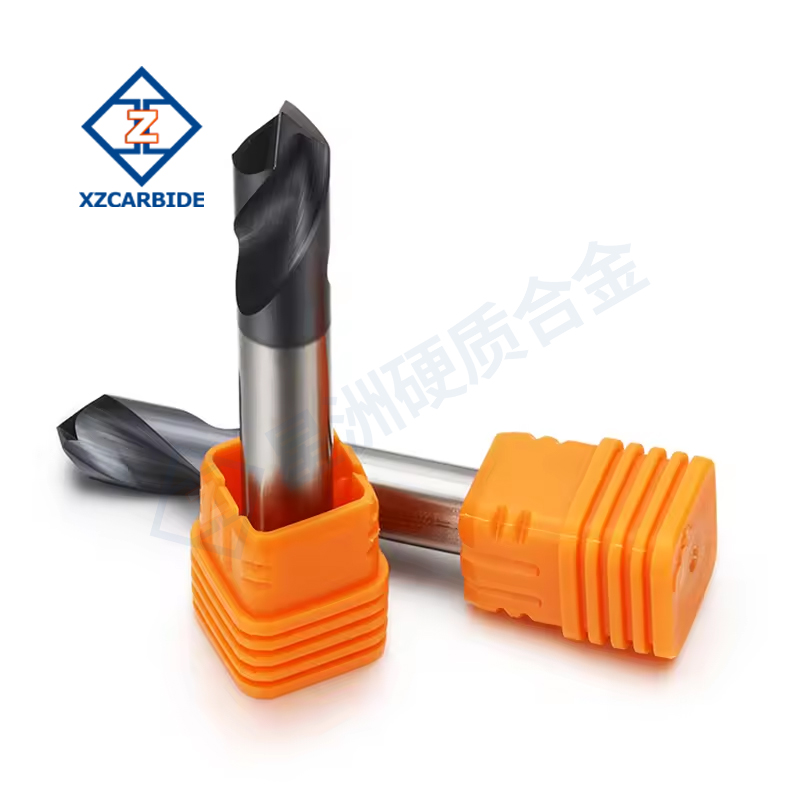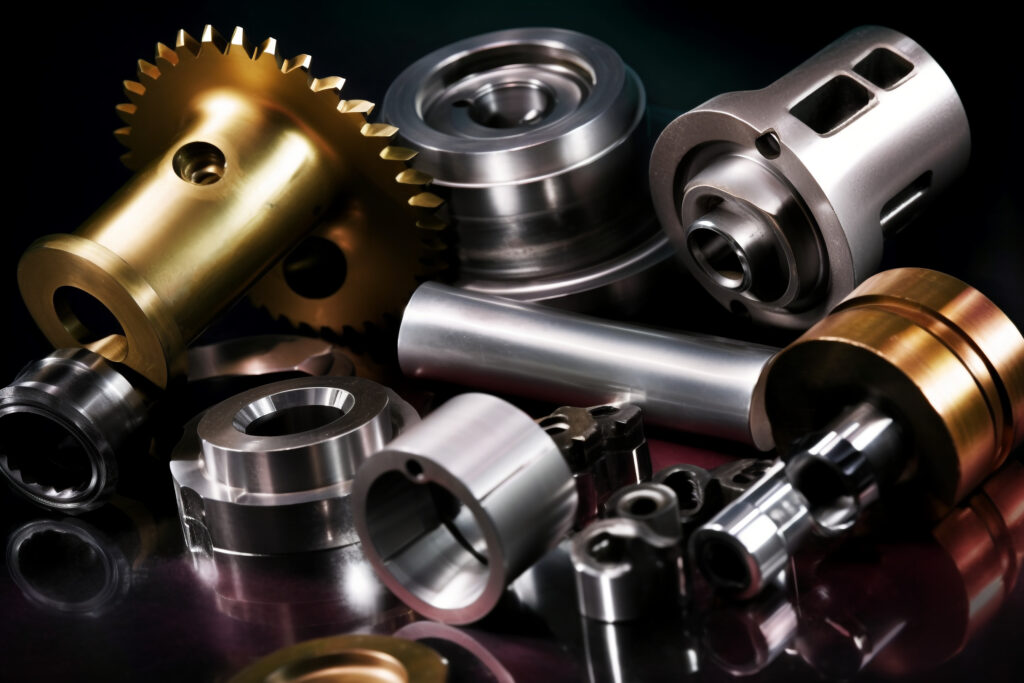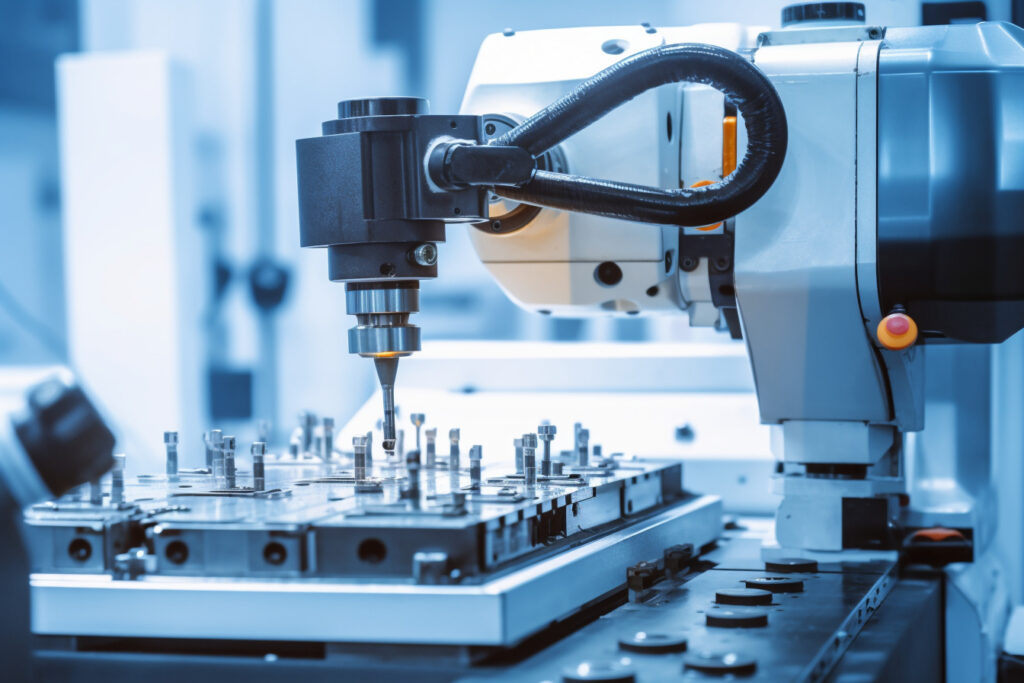With the continuous progress of industrial technology, carbide drills and HSS (high-speed steel) drills have become the two mainstream choices. They each play an important role in different application scenarios by virtue of their unique material properties and design advantages.
Overview of Carbide drills and HSS drills
Drills, as a key cutting tool in precision machining and manufacturing, have a direct impact on machining quality and productivity. Carbide drills, with their unrivaled hardness and wear resistance, have become an indispensable tool for processing high hardness materials. HSS drills show excellent universal use and economy with good toughness, high hardness and moderate cost.
In the following section, we will analyze the core characteristics of these two types of drills, reveal their respective strengths and weaknesses, and discuss how to rationally select the most appropriate drills based on the actual working environment and target material characteristics.
Comparison of Carbide Drills and HSS Drills
Material Composition
Carbide Drills
Cemented Carbide usually consists of Tungsten carbide (WC) with cobalt (Co) as a binder, providing extremely high hardness and wear resistance. Tungsten carbide is the main source of hardness, and its high melting point and excellent wear resistance allow tungsten carbide drills to retain their shape and sharpness even at high temperatures. Cobalt, as the binder, imparts toughness so that the material will not easily shatter when subjected to cutting. In addition, carbide drills may contain other metal carbides such as titanium carbide (TiC), tantalum carbide (TaC) or niobium carbide (NbC), which further enhance the hardness and heat resistance of the drill.
HSS Drills
HSS is a specially formulated alloy steel whose main components include iron, carbon and a series of alloying elements such as tungsten, molybdenum, chromium and vanadium. The addition of alloying elements increases the hardness, red-hardness (i.e., the ability to maintain hardness at elevated temperatures) and wear resistance of the steel. For example, tungsten adds hardness and heat resistance, molybdenum contributes to toughness, and chromium and vanadium enhance corrosion resistance and strength. HSS drills are able to maintain a good cutting edge at high cutting speeds, while possessing a degree of toughness that prevents premature failure under shock loading.
Summary
The difference in material composition is that carbide drills rely on the combination of tungsten carbide and cobalt to achieve very high hardness and wear resistance, while HSS drills achieve a balance of high hardness, red hardness and toughness through the ratio of multiple alloying elements.
Physical & Mechanical Properties
| Property | Carbide drills | HSS drills |
| Hardness & Wear Resistance | The hardness is very high (typically above 90 HRC), which is attributed to the high hardness of tungsten carbide. The excellent wear resistance also means that the cutting edges remain sharp after long periods of use, which reduces the frequency of replacement and maintenance costs. | Hardness is usually above 60 HRC. Although less than carbide, it is sufficient in most applications. The hard carbides formed by the alloying elements contained in HSS significantly increase the hardness and wear resistance of the material. The distribution and morphology of carbides have a direct effect on the wear resistance of HSS. |
| Heat Resistance | Extreme heat resistance, retaining its hardness at temperatures up to 1000°C, making it ideal for high-speed cutting and continuous machining. | HSS retains its high hardness at 500°C, meaning it will not lose cutting ability quickly. |
| Toughness & Impact Resistance | Poor toughness, more likely to fracture or damage when encountering unexpected impacts or unstable cutting conditions. | Better toughness for better resistance to impact and bending stresses. |
| Density & Weight | Carbide drills are heavier than HSS drills of the same volume. The main components of tungsten carbide are tungsten carbide (density about 15.6 g/cm³) and cobalt (density about 8.9 g/cm³). As a result, the density of carbide drills is usually between 13 and 15 g/cm³, depending on the specific composition ratio. This may affect the balance and vibration characteristics of the drill when in use, especially at high rotational speeds. | Although HSS contains more alloying elements, the matrix is still iron (density about 7.87 g/cm³). Therefore, the density of HSS ranges from about 7.85 to 8.05 g/cm³, which is similar to that of ordinary steel. This is more favorable in precision machining where high rotational speeds are required. |
Summary
Carbide drills have a heavier weight due to their high density, which in some cases may increase the load on the spindle and cause greater vibration. HSS drills are relatively lightweight, which helps to reduce inertial forces during rotation and provides better stability in high-speed and precision machining.
Cost & Economy
Initial Cost
Carbide drills: Due to higher material costs and complex manufacturing processes, carbide drills are usually much more expensive than HSS drills.
HSS drills: The market price is usually cheaper than carbide drills due to the relatively low cost of raw materials and the more sophisticated manufacturing process. For applications with limited budgets, HSS drills are an affordable option.
Lifetime and Efficiency
Carbide drills: Because of their excellent wear and heat resistance, carbide drills have a longer service life, especially when machining high hardness materials. Although the initial investment is higher, the longer service life and higher machining efficiency mean lower long-term operating costs.
HSS drills: Although the initial cost is lower, the wear rate is faster when machining high hardness materials or in long term continuous operation, resulting in more frequent replacements. This not only increases costs, but may also reduce productivity due to frequent tool changes.
Maintenance and Replacement
Carbide drills: Durability means lower maintenance costs and longer replacement intervals, which reduces production interruptions due to tool replacement.
HSS drills: Require more frequent inspection and replacement due to faster wear, which increases maintenance costs and downtime.
Summary
Although carbide drills have a higher initial investment, their longer service life, higher machining efficiency and lower maintenance costs show better economic benefits. For modern manufacturing industries seeking high productivity and low overall costs, carbide drills have become the first choice for many high-intensity machining tasks. However, for applications where the hardness of the machined material is low and the batch sizes are small, HSS drills are still a cost-effective solution.
Conclusion
Above all, carbide drills and HSS drills have their own characteristics and are suitable for different machining scenarios. Ultimately, the choice of carbide or HSS drills should be based on specific machining needs, material characteristics, production scale and budgetary constraints in order to achieve the best cost-benefit ratio. In the modern manufacturing industry, which pursues high efficiency and low cost, understanding and rationally utilizing the characteristics of these two types of drills will help to improve productivity, reduce operating costs and maximize economic benefits.
We expect that this article will help customers to make a more scientific and economical choice when facing specific processing needs.
FAQ
How do I know if my tool is carbide or HSS?
There are some slight but noticeable visual differences between carbide and HSS. Carbide tends to have a darker gray color, while HSS has a much brighter silver color. The opposite is true for the finish on the shank, carbide has a brighter reflective sheen while HSS usually has a softer matte finish.




